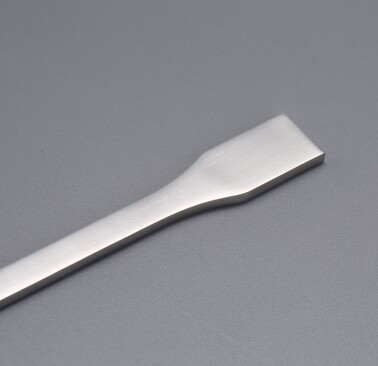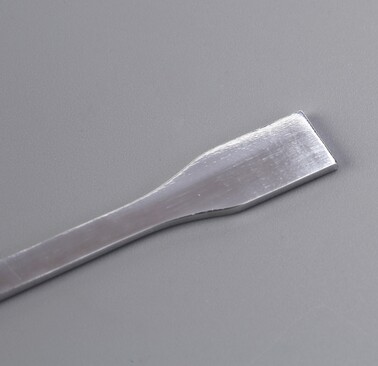What is Polishing?
Polishing is a finishing process used to enhance the surface quality of materials by creating a smooth, shiny finish. It involves the removal of surface imperfections such as scratches, blemishes, and tool marks through abrasive techniques.
The process typically includes stages like sanding, buffing, and sometimes the application of polishing compounds.
Polishing is widely used across various industries, including manufacturing, automotive, and jewelry, to improve the appearance, reduce friction, and prepare surfaces for further treatments like coating or painting.















